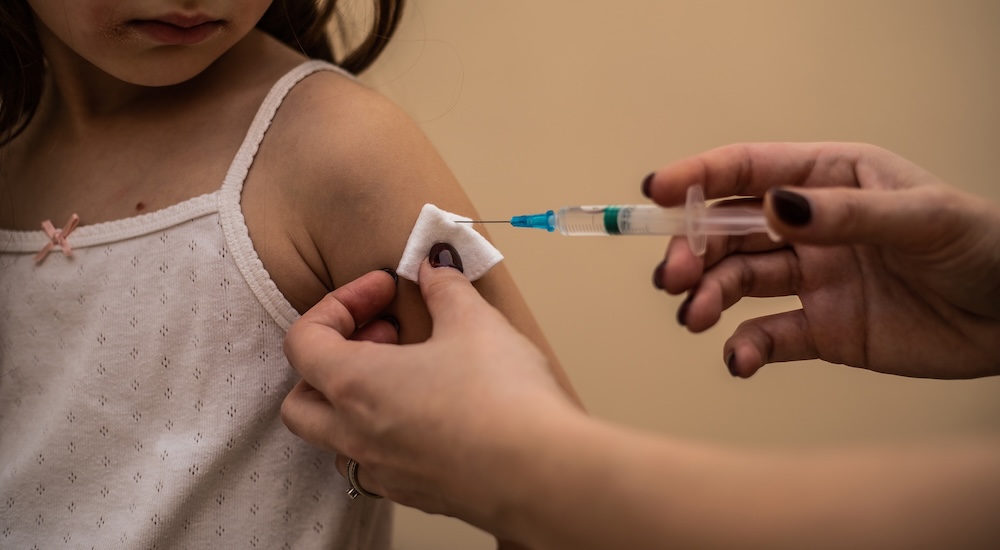As a parent, you’ve likely reached for Tylenol (the brand name for acetaminophen) at some point, whether to ease your baby’s fever or soothe teething pain. Recently, some headlines and social media posts have raised questions about whether acetaminophen could be linked to autism or other developmental conditions. Understandably, this has caused concern for many families. According to the American Academy of Pediatrics (AAP), Tylenol is safe for children when used as directed, and there is no link between acetaminophen use and autism.
Decades of studies have shown that acetaminophen, when taken in the correct dose, is an effective and safe way to relieve pain and reduce fever in children. Millions of families have used it for more than 70 years, and it remains one of the most trusted medications in pediatric care.
Some recent claims online have suggested a possible connection between acetaminophen use during pregnancy or early childhood and autism spectrum disorder (ASD). However, according to the AAP, these claims are not supported by credible scientific evidence. The research cited in those claims is inconsistent and does not demonstrate a cause-and-effect relationship. In fact, when experts have reviewed all available data, the conclusion is clear: acetaminophen does not cause autism.
When a child is sick, comfort and safety are a parent’s top priorities. Acetaminophen remains one of the safest options for managing fever and pain relief, especially compared to other alternatives. It can be used for children of all ages, including infants, as long as the correct dose is given based on the child’s weight and age.
Here’s what parents can keep in mind for safe use:
- Always follow dosing directions carefully. The right dose depends on your child’s weight, not just their age. Your pediatrician or the medication label can help guide you.
- Use the right measuring device. Household spoons are not accurate. Use the syringe or cup that comes with the medication.
- Keep track of timing and doses. Avoid giving more than the recommended amount within 24 hours.
- Consult your pediatrician if your child’s fever lasts more than a few days or if you’re unsure about dosing.
When used as directed, acetaminophen can safely relieve discomfort from teething, colds, ear infections, or even post-vaccine soreness. It’s also a recommended fever reducer for infants under 6 months old (since ibuprofen is not yet safe for that age group).
Some parents have also asked whether taking acetaminophen during pregnancy could affect a baby’s development. The AAP notes that current research does not prove a link between acetaminophen use in pregnancy and autism or ADHD. Pregnant individuals are encouraged to discuss all medications with their healthcare provider, but acetaminophen remains one of the few pain and fever relievers considered safe to use when needed.
It’s easy for misinformation to spread quickly online, especially when it comes to children’s health. The AAP continues to closely review new studies, and its guidance is based on a careful scientific review, not trends or headlines. Your pediatrician is also here to help you navigate these questions and ensure your child gets the care they need. If you have questions about medications, dosing, or managing fever and pain at home, please contact our office.



